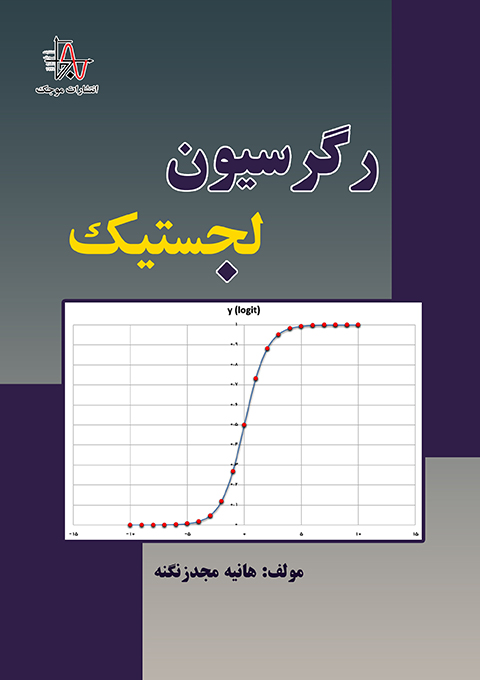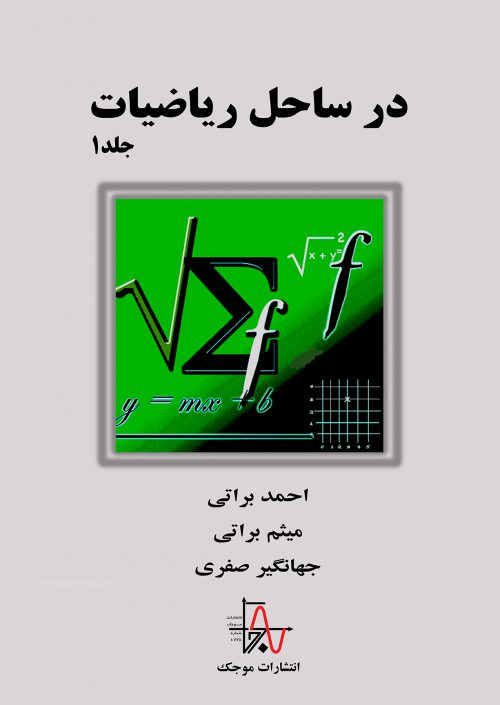ناشر : انتشارات موجک
کد کتاب : M645
عنوان : شبکه عصبی مصنوعی در تخمین ویسکوزیته نفت خام
تاليف : دانیال احمدی تک
مشخصات ظاهری : ۶۷ صفحه، قطع وزيری
چاپ اول : تابستان ۱۴۰۰، تيراژ : ۵۰۰ جلد
قيمت : ۱۵۸۰۰۰۰ ريال، شابک : ۳-۳۱۷-۹۹۴-۶۰۰-۹۷۸
حقوق چاپ و نشر برای ناشر محفوظ است.
————————————————————————————————————————————————————————————————————————–






نقد و بررسیها
هیچ دیدگاهی برای این محصول نوشته نشده است.